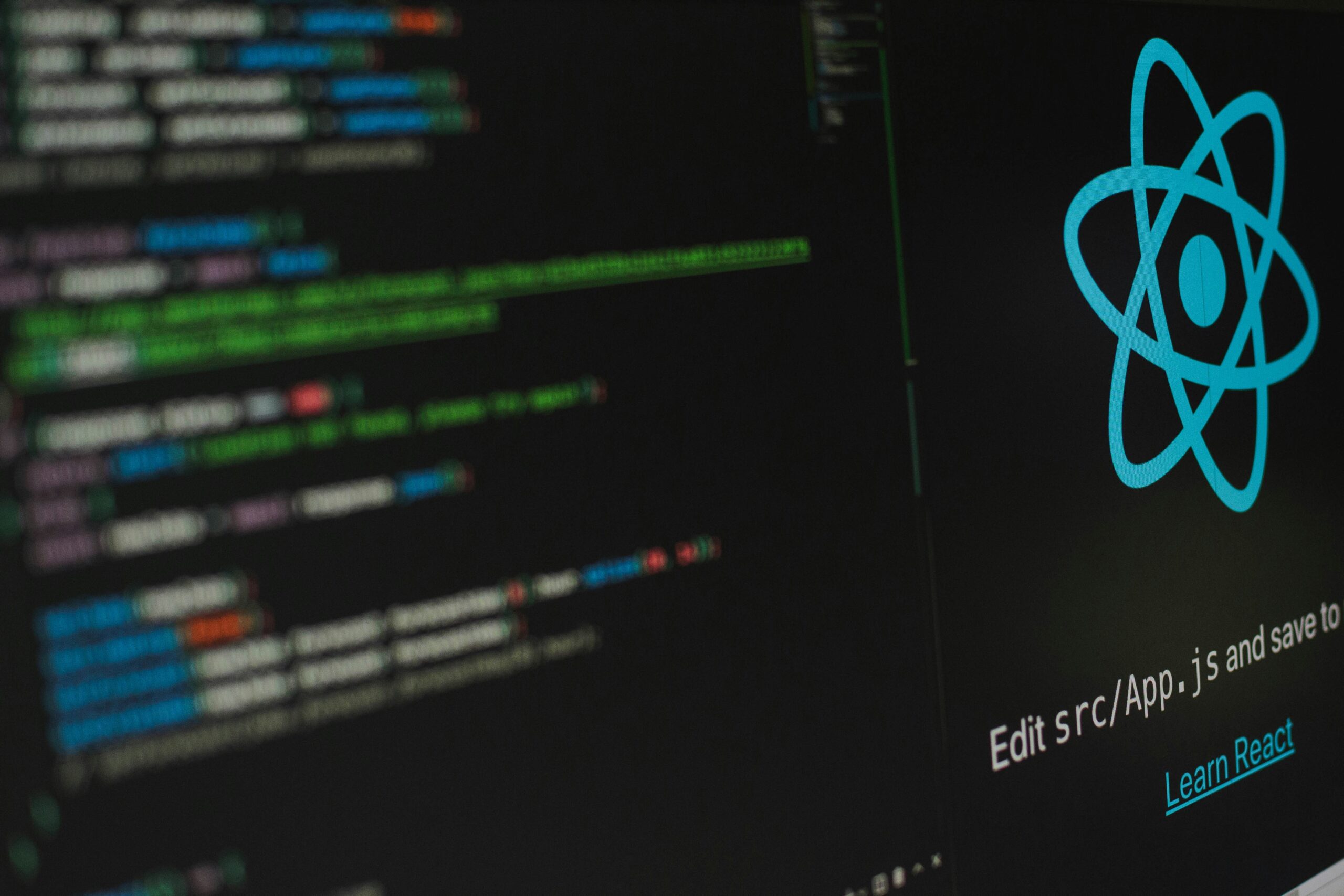In recent years, Laravel has emerged as one of the most popular PHP frameworks for web application development. While Laravel is primarily known for its backend capabilities, it also has a significant impact on front-end development, particularly in terms of UI/UX perspectives. In this article, we will explore how Laravel influences front-end development and enhances the overall user experience.
Integration of Blade Templating Engine
One of the key features of Laravel is its integration of the Blade templating engine. Blade provides a simple and intuitive way to manage the presentation layer of web applications. With Blade, developers can easily create reusable templates and components, making it easier to maintain consistent UI across different pages of the application.
Blade also allows for the use of conditional statements, loops, and other control structures directly within the HTML templates, making it easier to handle dynamic content. This integration of Blade with Laravel simplifies the front-end development process and promotes code reusability, resulting in more efficient and maintainable UI/UX implementations.
Efficient Asset Management
Laravel provides a powerful asset management system that simplifies the process of including CSS and JavaScript files in web applications. With Laravel Mix, developers can define asset compilation and optimization rules using a simple and intuitive API. This allows for the automatic concatenation, minification, and versioning of assets, reducing the number of HTTP requests and improving the overall performance of the application.
By leveraging Laravel’s asset management capabilities, front-end developers can focus on creating engaging user interfaces without having to worry about the technical aspects of asset optimization. This results in faster load times, improved user experience, and ultimately, higher user satisfaction.
Integration with Front-End Libraries and Frameworks
Laravel seamlessly integrates with popular front-end libraries and frameworks, such as Vue.js and React. This allows developers to build interactive and dynamic user interfaces using these powerful tools, while still benefiting from Laravel’s robust backend features.
By leveraging the power of front-end libraries and frameworks, developers can create rich and responsive UI components, enhance user interactions, and improve overall usability. This integration between Laravel and front-end technologies opens up a world of possibilities for creating modern and engaging user experiences.
Enhanced Security Measures
Security is a critical aspect of any web application, and Laravel provides several features that contribute to a secure front-end development process. Laravel’s built-in security features, such as CSRF (Cross-Site Request Forgery) protection and input validation, help prevent common security vulnerabilities.
Additionally, Laravel’s authentication and authorization mechanisms make it easier to implement secure user authentication and access control. This ensures that only authorized users can access sensitive parts of the application, enhancing the overall security of the front-end.
Community Support and Ecosystem
Laravel has a vibrant and active community of developers, which has resulted in a rich ecosystem of packages, themes, and plugins. This extensive ecosystem provides front-end developers with a wide range of tools and resources to enhance their UI/UX implementations.
From pre-built UI components to comprehensive CSS frameworks, the Laravel community offers a plethora of options to streamline front-end development. This not only saves time and effort but also ensures that front-end developers can leverage the collective knowledge and expertise of the community to create exceptional user experiences.
Conclusion
Laravel’s impact on front-end development goes beyond its backend capabilities. With features like the Blade templating engine, efficient asset management, integration with front-end libraries, enhanced security measures, and a thriving community, Laravel empowers front-end developers to create compelling and user-friendly interfaces.
By leveraging Laravel’s strengths in front-end development, developers can streamline their workflow, improve performance, and deliver exceptional UI/UX experiences. Whether you are a seasoned Laravel developer or just starting out, exploring Laravel’s impact on front-end development is sure to broaden your horizons and enhance your skill set.







Leave a Reply